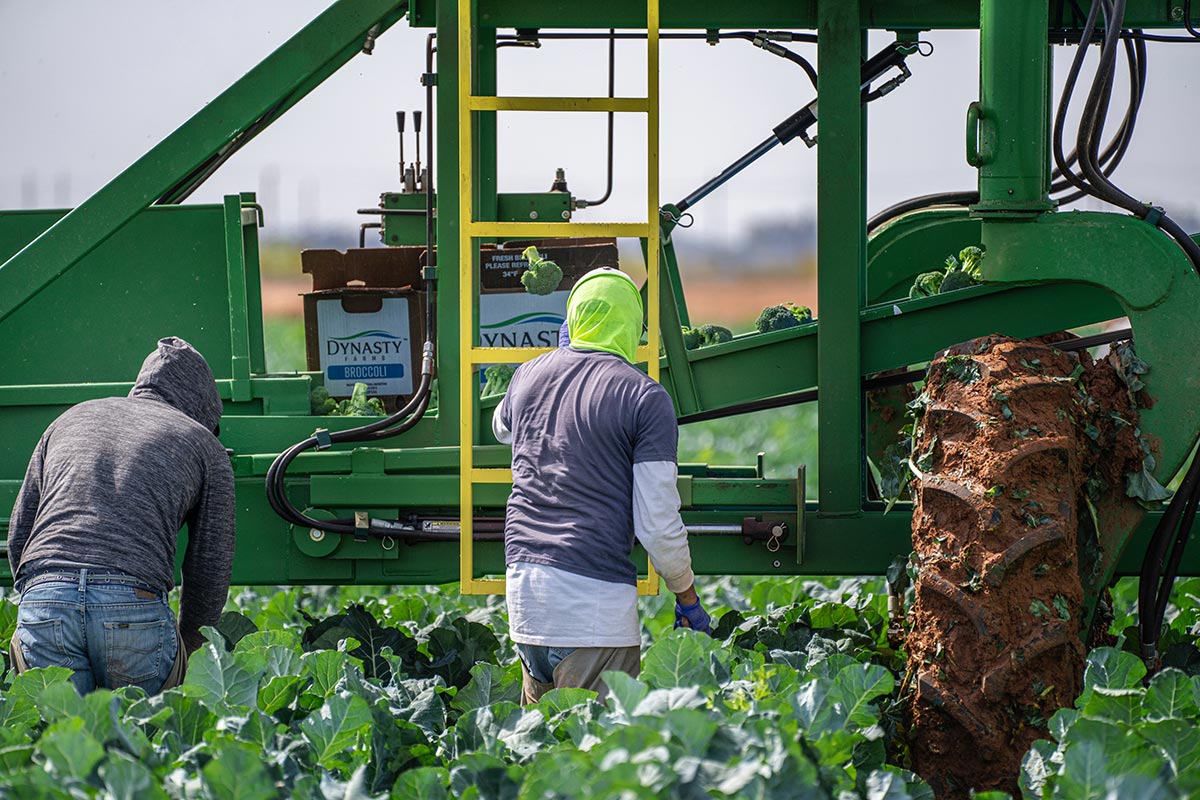Worker Protection Standard (WPS)

Health Monitoring Requirement
The Department of Labor and Industries (L&I) Cholinesterase Monitoring Rule requires monitoring of all agricultural employees who handle toxicity category I or II organophosphate or N-methyl-carbamate pesticides.
Exposure to organophosphate or N-methyl-carbamate pesticides may reduce the activity of cholinesterase, an enzyme that aids in the regulation of the nervous system. Reduced cholinesterase activity may result in overstimulation of the nervous system with physical symptoms including blurred vision, headache, increased sweating, nausea, diarrhea, and fatigue. Severe exposures can lead to a slowing of the heart rate, seizures, unconsciousness, respiratory failure, and death.
Monitoring pesticide handlers can detect overexposure and prevent illness. Cholinesterase monitoring includes providing annual baseline laboratory testing and periodic testing, during the application season, of blood cholinesterase levels for workers with significant exposures.
Learn More About Cholinesterase Inhibiting Pesticides
Cholinesterase inhibiting pesticides covered by L&I’s rule contain organophosphate or carbamate (N-methyl carbamate) ingredients and have a signal word of Danger-Poison, Danger, or Warning on the label.To access a copy of L&I's Cholinesterase Monitoring Rule and learn more about cholinesterase monitoring go to WISHA's cholinesterase monitoring page.Additonal Resources
Heat Stress Information
Cannabis Growers WPS Requirements
Washington Pesticide Laws Hand-out Booklet
WPS Grower/Employer Inspection Checklist
Inspección de verificación de cumplimiento de la Ley de Protección al Trabajador (WPS) Agricultor/Empleador agricola
Self-Assessment Checklist for Outdoor Production (WSDA)
Differences Between State and Federal Requirements
